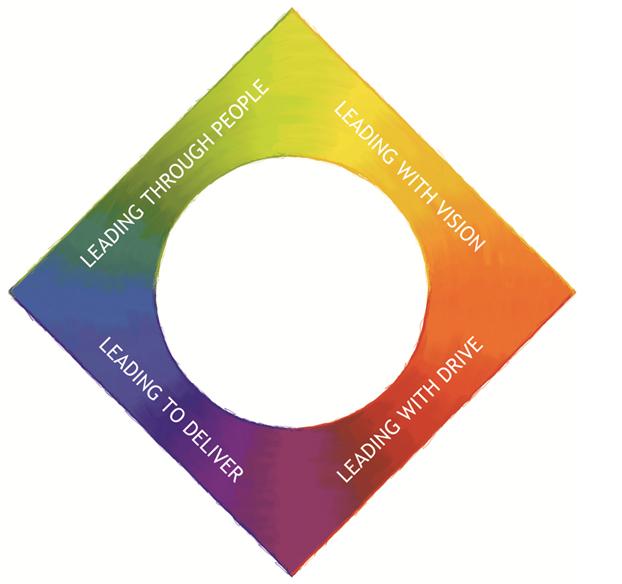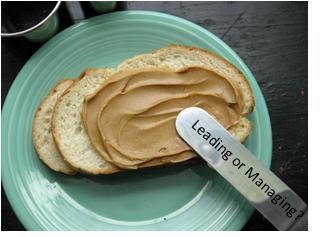We hear a lot about the importance of company culture and its role in attracting, engaging and retaining employees. But what is company culture, and how do you go about creating a “best-place-to-work” caliber of culture when there’s so much other stuff to get done?
First of all, a great culture is more than fun after-work events, casual dress, and catchy slogans. It’s how employees, customers and the outside world perceive an organization based on its attitudes and behaviors. I can’t imagine that many of us perceive the skies to be as “friendly” after that paying customer was dragged from his seat recently on a United flight from Chicago to Louisville. If that’s how they treat customers, how do they treat their employees?
Culture is synonymous with behavior. And it stems from leadership behavior at all organizational levels.
To build a great culture, start by becoming really clear about who you are as a leader. I call this “developing your leadership mantra,” which I wrote about in a previous blog.
Once you’ve done this, the next steps are:
Be sure that everyone understands the Vision and Mission of the organization. Define them. Communicate them. Post them. Refer to them in employee meetings and other communications.
Establish and communicate clear Values. Model them with employees, customers, vendors, job candidates, everyone. Recognize employees who go above and beyond to model the values.
Ensure that expected leadership behaviors at all levels align with the Vision, Mission and Values. Coach leaders who do not meet these expectations.
Develop and communicate a clear and consistent definition of the culture. Make it easy to describe. Make it real. Test the definition with employees, with customers.
Recruit and hire great people who fit the culture. Use your tested definition in job postings and interviews. As part of your hiring process, determine what a “fit” is, and what it isn’t. Train hiring managers, and develop behavioral interview questions that will help determine fit.
Ask for feedback and adjust accordingly. Once you feel you’ve developed a great culture it’s easy to get complacent. But workplace cultures can shift – changes in leadership, business downturn, overly rapid growth, or external pressures, etc. Do a periodic check-up to ensure that all parts of your culture are healthy and if not, review, adjust and get back on track.
How would you currently rate your company culture? Here’s an idea: Interview a cross-section of your employees and see whether they all describe it the same. If not, go back to the steps above.
Till next time,
Karen









